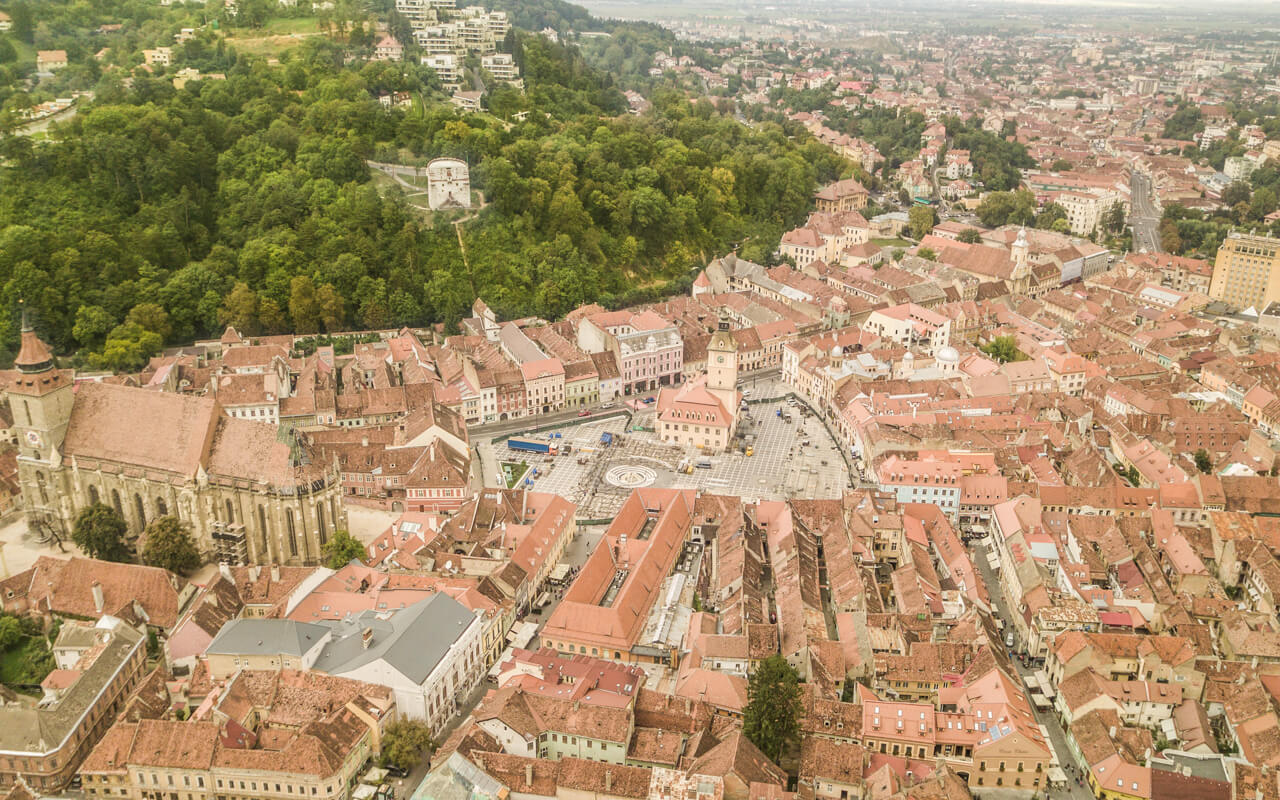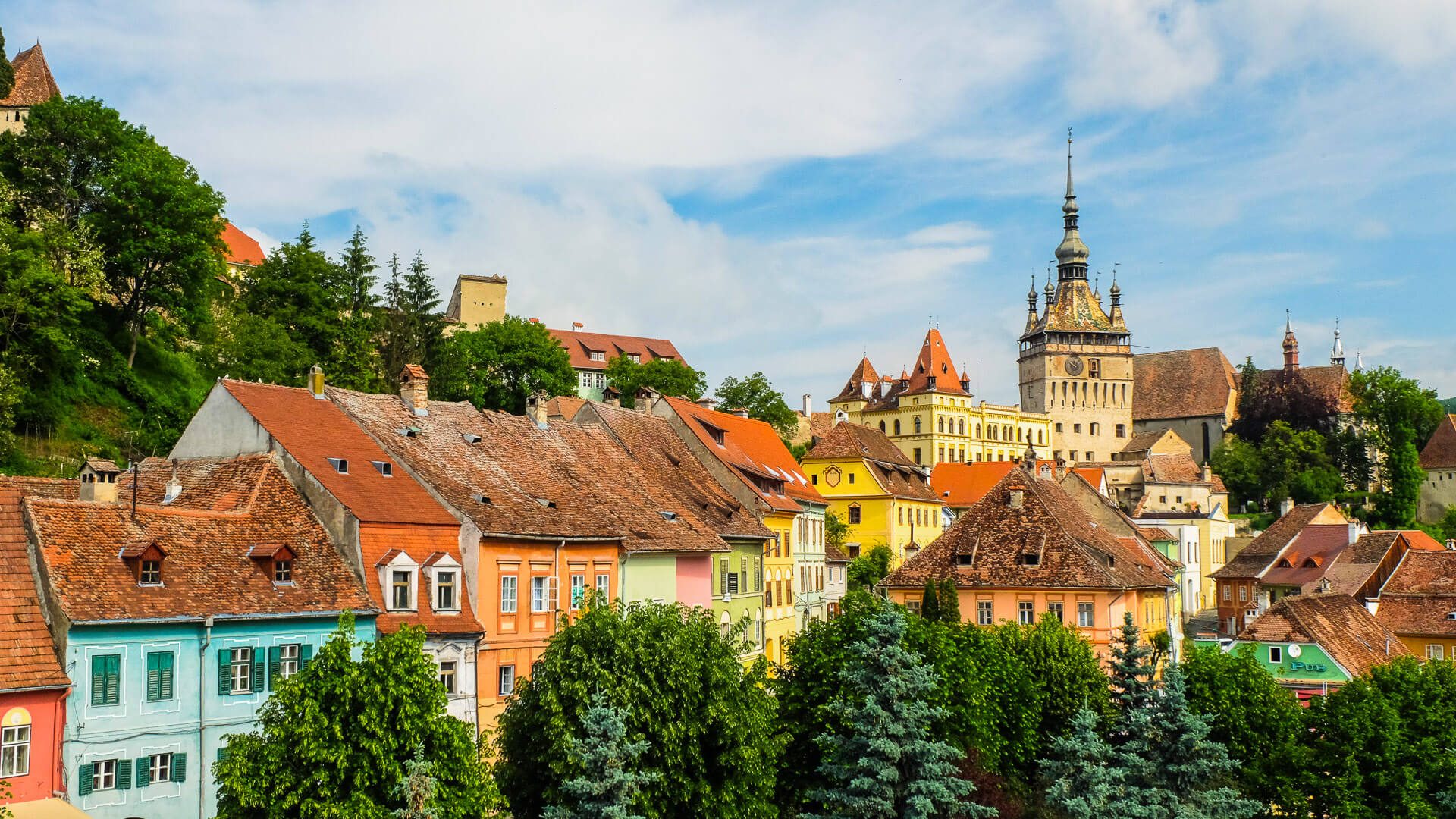Transylvania is a popular destination for a city break because it offers plenty of things to do, to see and to visit. You can opt for city breaks focusing on one Transylvania cities, or even on several if you want to visit as much as possible. Therefore, if you only have a couple of days at your disposal for traveling to Transylvania, here are some recommendations that could help you to create your travel itinerary.
City break in Cluj-Napoca
Cluj-Napoca is the second largest city in Romania, after Bucharest and the largest in Transylvania. It is already known that it is heavily populated by students, except maybe during the summer season, the main reason being that it is one of the largest university centers in Romania.
Being a university city wishing to attract as many young people as possible, Cluj offers plenty of opportunities for leisure, from sporting activities and events to entertainment for a night spent out in the city with some friends in pubs or clubs.
You can’t leave Cluj without climbing to Cetatuia (the fortress). Here you can find the Belvedere Hotel, one of the most beautiful hotels in Cluj. Plus a few terraces where you can have a cup of coffee while you’re admiring the city. The fortress is found on the left bank of Somes and it’s a fortification built during the Habsburg period (in the early part of the 18th century) on the top of the hill with the same name.
The first place to reach once you set foot in Cluj is Union Square. It is the central square of the city and one of the oldest in the central and eastern European cities. On its four sides, there are old houses, baroque and eclectic palaces, such as the Banffi Palace (today’s Museum of Art).
The Museum Square was the first market of medieval Cluj. In the Museum Square and on the adventurous streets you will be able to admire a lot of Gothic buildings. The Museum Square is now surrounded by terraces and stalls of local craftsmen (souvenirs, crafts, handmade jewelry, and delicacies).
City break in Sibiu
Another great option for a city break in Transylvania is Sibiu. Sibiu is without a doubt one of the most interesting cities in Romania. It is the place where culture and history blend in perfectly. No trip to Sibiu would be complete without a visit to the ASTRA Museum. In Dumbrava Sibiului there is this open-air ethnographic museum that is, without a doubt, the most pleasant place to go for a long walk. Whether you choose to simply go for a ride on a carriage or boat trip, you have plenty to see at any time, as the collections of houses and objects gathered over the years are impressive. And then there are two restaurants, boarding houses, playgrounds and plenty of parking places.
The Large Square (Piata Mare) has been designated a UNESCO monument and is bordered by the Brukenthal Palace, the Moringer House, the Tower of the Council, the Hecht House and the Filek Palace, among others, meaning some of the most memorable buildings in the city. When you get there, spend a moment thinking that this place existed in 1366 – so the “eyes” of the buildings that limit it have seen many, from fairs to popular gatherings and executions – that took place at the fountain that you can see even today.
The oldest cast iron bridge in Romania, the Lies Bridge was built in 1859 above Ocnei Street, linking the Lower Town and the Upper Town. But the metallic bridge has a legendary reputation. The name used today is due to an urban legend that says that the bridge had ears and could crash if someone who crossed it said a lie.
For a day of walking around the city, the nearest places are Rasinari, the native village of writer Emil Cioran, a charming place full of picturesque Saxon houses; and Paltinis, a magnificent mountain resort perfect for some light trekking tours.
City break in Sighisoara
We could not exclude from this list the city that hosts the only inhabited fortress in Europe, Sighisoara. The photos of the cobbled streets and the colored facades of the fortress’ houses became viral with the help of the social networks and brought to Sighisoara a considerable increase in the number of tourists. Fascinated by the story of the prince Vlad Tepes, also known as Dracula, foreign tourists come to see the place where he was born and to discover as many of his childhood mysteries. Follow their lead and discover one of the most unusual places in Transylvania on your next city break.
Sighisoara fortress is the main reason why you should visit this city. Built during the 14th century, the city is still a very well-preserved testimony of those distant days. Additionally, it is also the place in the city that hides most of the sights, which you can explore during a walk following the walls of the old city. The interior of the fortress is also the venue for events with medieval air over the year.
The houses inside Sighisoara fortress are the ones that will catch your eye with every step. But, among them are some hidden gems, which you must necessarily see. The Dracula House is the most famous of them because Vlad Tepes was born and lived here. Today, the house includes a ground-floor restaurant and an Arms Museum upstairs. Other houses to visit are the Deer House and the Venetian House, two special buildings that are hard to miss during a walk through the fortress.
The historical churches of Sighisoara are religious and cultural symbols of the city. The oldest and most notable construction of this kind is the Lepers Church, remarkable by the Gothic architectural style, but also for the stories surrounding it, given that it served as a shelter for lepers during 1647-1684. Other places of worship you can visit in Sighisoara are the Dominican Monastery Church, the Church of the Hill, the Orthodox Cathedral, the Cornesti Orthodox Church and St. Joseph’s Roman Catholic Church.
City Break in Brasov
Known by foreigners as being “the Hollywood of Romania” due to the flashy sign on the top of the mountain, Brasov is one of the favorite destinations for tourists coming from outside the borders. Brasov is no more than a beautiful city from one end to another. Whether you let yourself taken away and discover the narrow and colorful streets of the city, whether you decide to venture into an expedition to include as many tourist attractions as possible, you will not get bored. If you want to follow the second option, you shouldn’t miss Bran Castle, Black Church, the Council Square, Rope Street, Weavers Bastion, Catherine’s Gate and the White Tower.
Being a fortified fortress in the past, Brasov owns two towers that, along with the walls, had the role of defending the city from the invaders. The towers called the Black Tower and the White Tower, were at the walls of the fortress, a few meters away, communicating with them through mobile bridges. Today, however, they are no longer functional. The towers were each served by some guilds with bastions. The Black Tower belonged to the blacksmiths and the White to the tinkers. The White Tower was the highest fortification in the city.
Probably the most known and most sought-after place in Brasov, it is impossible not to have heard of the Council Square. The Council Square was the place where trade fairs were held for medial merchants, and the city was established as an important commercial center at that time. The House of Councils, meaning the town hall, was built in 1420, naturally, in the center of the Square. Today, the Town Hall houses the County Museum of History.
If you have time to get out of the city and visit a bit and the surroundings, Poiana Brasov should not be missed! Of course, in winter you have more reasons to go there because Poiana Brasov is famous for its ski slopes and cabled installations, but also during summer, it’s perfect for some nice long walks enjoying the fresh mountain air.
These are just a few suggestions for a city break in Transylvania, but keep in mind that, if you organize your time carefully, you can plenty of things even during such a short time.


0 comments
Logged in as . Log out?